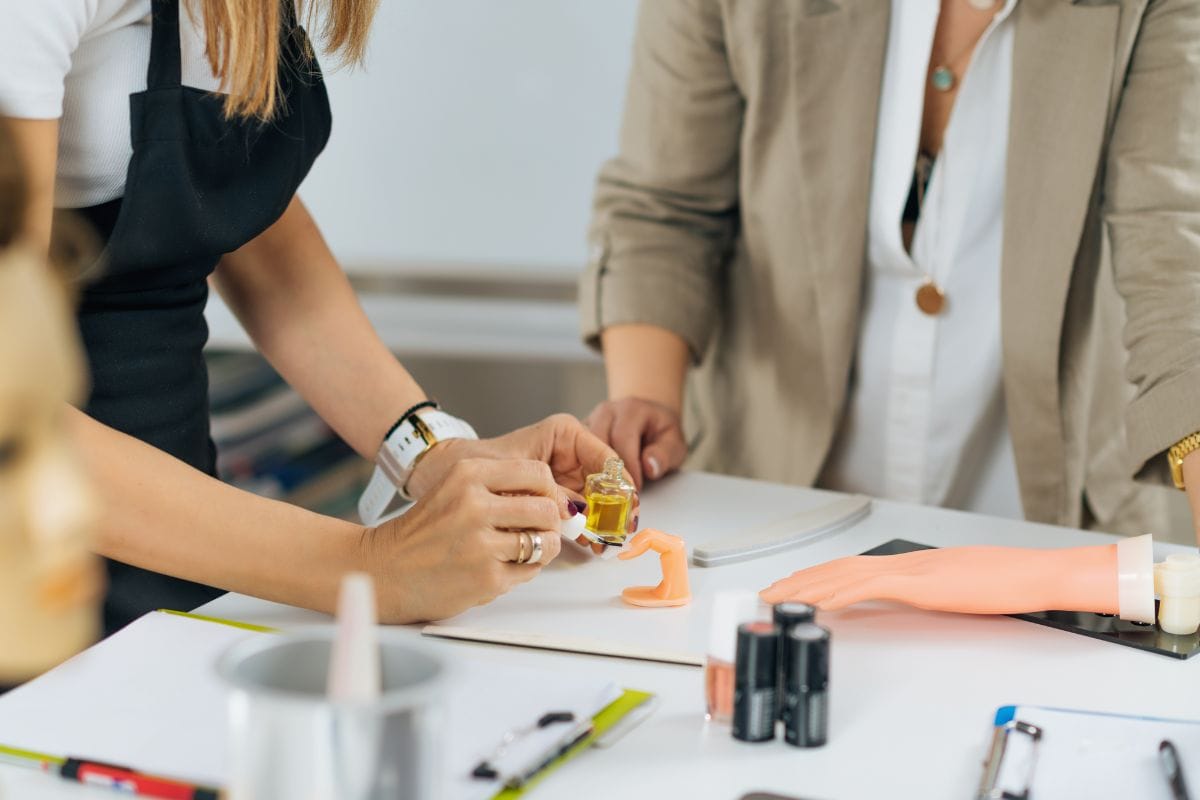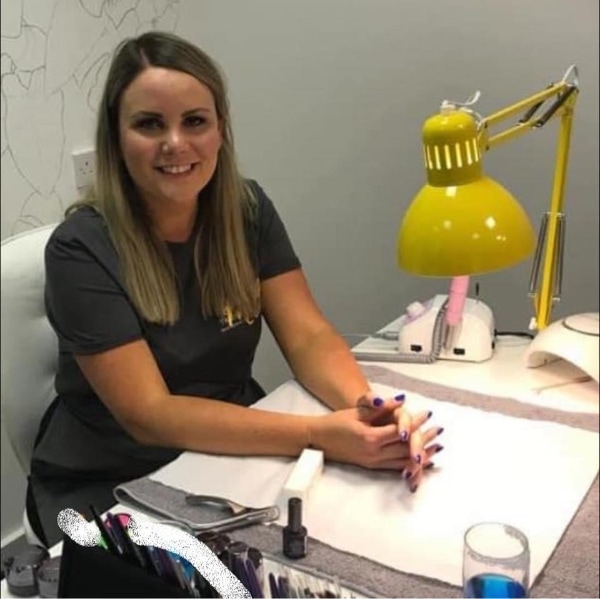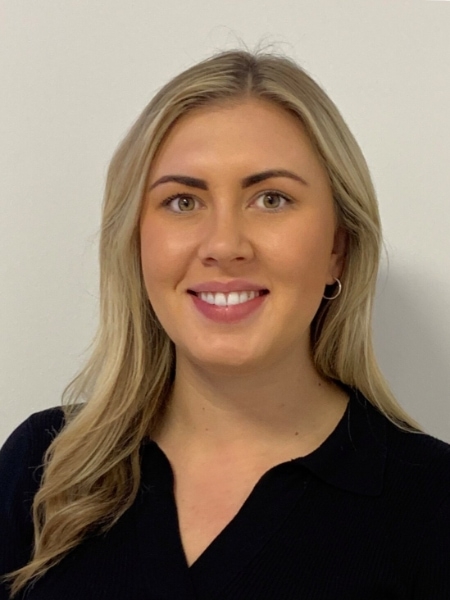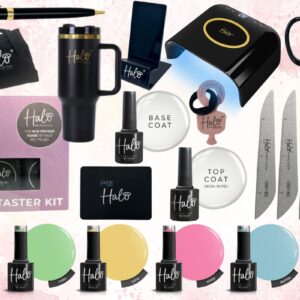
How to make the move from nail tech to educator
By Chloe Randall | 06 November 2023 | Feature

Are you keen to share your knowledge and become a nail industry educator? Scratch gathers top tips and hears from pros that have made the move from salon tech to teacher…
Exceptional education is key to shaping the future of our industry and ensuring high standards and safe practice. If you’ve been in the nail industry for some time, taking the step from working day-to-day with clients to teaching may be an exciting move. However, the transition isn’t a quick one, and it’s important to be well informed of your options.
Suitability
 “While someone may be an amazing nail technician, competitor or award winner, it does not mean that they can or should teach,” reveals Katie Clark, Scratch Stars Services to the Nail Industry finalist 2023 & founder of Katie Barnes Tool Range. “Teaching isn’t about showing someone how you do a technique; it’s about showing someone how they can achieve that technique.
“While someone may be an amazing nail technician, competitor or award winner, it does not mean that they can or should teach,” reveals Katie Clark, Scratch Stars Services to the Nail Industry finalist 2023 & founder of Katie Barnes Tool Range. “Teaching isn’t about showing someone how you do a technique; it’s about showing someone how they can achieve that technique.
“You must have a minimum amount of experience in the subject you are teaching, and you must know the topic or skill to a high level. You have to be prepared to give everything you know to your students. If you are not ready to share the tips and tricks you know, you are not ready to teach.”
 “Before you embark on your journey to be an educator, make sure your own training is up-to-date and that you understand every element of what you will be teaching,” adds Sue Davies, nail sector veteran & founder of education portal, Nabuno. “An educator should not need to look up answers to basic questions.”
“Before you embark on your journey to be an educator, make sure your own training is up-to-date and that you understand every element of what you will be teaching,” adds Sue Davies, nail sector veteran & founder of education portal, Nabuno. “An educator should not need to look up answers to basic questions.”
Pathways
Katie Clark shares the various industry education routes and the pros and cons of each:
1. Educate for a brand.
This is the perfect starting point to your teaching career. It is important that you are knowledgeable and passionate about the brand. The affiliation means you are well supported and the course material is written for you. The negative is that you are tied to the brand and its teaching practices.
2. Gain accreditation to teach private courses.
It is easy to underestimate the work and time involved in gaining your own accreditation, especially if you want to get it right.
You must create your course content, write thorough and comprehensive manuals, lesson plans, certification, assessments and more. It is important to get this proofread. This is then sent to your chosen accrediting body to approve, and you will be guided on their preferences and criteria. This process requires time and financial investment and can take around six weeks.
The manuals take months to write because of the research needed, and accuracy required. It is important that once you have created your manual, you update it as the industry changes, in areas such as legislation, techniques and products. These changes must then be re-accredited. When I started, I wrote the most popular beginner manuals first – manicure and pedicure and beginner gel polish – and then added others, such as nail art and L&P acrylic, as I gained more experience. Do not rush into teaching everything as soon as you take the leap into education, because you will still be learning. Start with the basics and keep classes small, working your and way up to larger, more advanced classes as experience grows.

Being an independent educator gives you the flexibility to teach the way you want. However, this isn’t the avenue I recommend to someone new to teaching, as it is unlikely you will have the confidence or experience to best serve this method.
Advice about registering, creating your training provider business plan and applying for funding can be found in the NHBF member-only guide: Becoming a training provider. The guide can be downloaded via www.nhbf.co.uk.
3. Purchase courses through an accreditation board.
If you wish to be an independent educator, but don’t feel confident about writing your own manual, you can purchase pre-written course content from an accreditation board, such as The Guild, and deliver the criteria. This can be a great starting point to your teaching career.
4. Work in a college.
You can apply for a role as a tutor at your local college. This will involve completing an application form and attending an interview. You will teach the course structure provided and have the support of the facility and award bodies.
Accreditation
 “To gain credibility and a good reputation as a training provider, it’s vital to get independent approval or endorsement of your training from a recognised awarding organisation accredited by one of the UK regulatory bodies (Ofqual, the Scottish Qualifications Authority, Qualifications Wales or CCEA in Northern Ireland),” suggests Caroline Larissey, chief executive at the National Hair & Beauty Federation (NHBF). “Awarding organisations offering hair and beauty qualifications include City & Guilds, VTCT, CIBTAC or TQUK. Research options carefully as costs and what’s available can vary.”
“To gain credibility and a good reputation as a training provider, it’s vital to get independent approval or endorsement of your training from a recognised awarding organisation accredited by one of the UK regulatory bodies (Ofqual, the Scottish Qualifications Authority, Qualifications Wales or CCEA in Northern Ireland),” suggests Caroline Larissey, chief executive at the National Hair & Beauty Federation (NHBF). “Awarding organisations offering hair and beauty qualifications include City & Guilds, VTCT, CIBTAC or TQUK. Research options carefully as costs and what’s available can vary.”
The process
 “I recommend enrolling on the Level 3 award in Training & Education (AET), which is an Ofqual registered teaching course,” advises Michelle Brookes, Louella Belle educator, Scratch Stars Educator of the Year 2022 & finalist for 2023. “Many local further education colleges offer these courses, as well as private Ofqual academies and online training providers.
“I recommend enrolling on the Level 3 award in Training & Education (AET), which is an Ofqual registered teaching course,” advises Michelle Brookes, Louella Belle educator, Scratch Stars Educator of the Year 2022 & finalist for 2023. “Many local further education colleges offer these courses, as well as private Ofqual academies and online training providers.
“If you plan to teach Ofqual registered training courses, you need to obtain the Level 3 Assessment and Quality Assurance certificate (City & Guilds). This will allow you to formally assess your students’ work in the academy. Even if you’re teaching accredited courses, I recommend upskilling and gaining this extra knowledge. Assessment should be standard practice within all courses, and having the experience and skills to do this is extremely beneficial.
“Upon completion of these courses, you can further your knowledge by completing Level 4 and 5 in teaching & education known as CTLLS & DTLLS.”
 “After attaining Level 2 and 3 qualifications in Beauty Therapy, I worked in the industry for a number of years to gain experience. I worked full-time, and went to college in the evenings to gain my Level 3 qualification in Education & Training,” reveals Charlotte Lowe, OPI educator & Scratch Stars Educator of the Year finalist 2023.
“After attaining Level 2 and 3 qualifications in Beauty Therapy, I worked in the industry for a number of years to gain experience. I worked full-time, and went to college in the evenings to gain my Level 3 qualification in Education & Training,” reveals Charlotte Lowe, OPI educator & Scratch Stars Educator of the Year finalist 2023.
“Once I had this qualification, I focused my energy on the area of beauty that I knew I wanted to teach (nails) and sent my CV to brands I wanted to work for.
“At the time there weren’t many educator positions being advertised, but I still think it’s great to send a company your CV and covering letter so that they can consider you if there is an opening.
“I continue to partake in any training opportunities to ensure my continued professional development. As an educator, be prepared to continue learning throughout your career.”
Read the full feature in our September issue here

Read the latest issue









